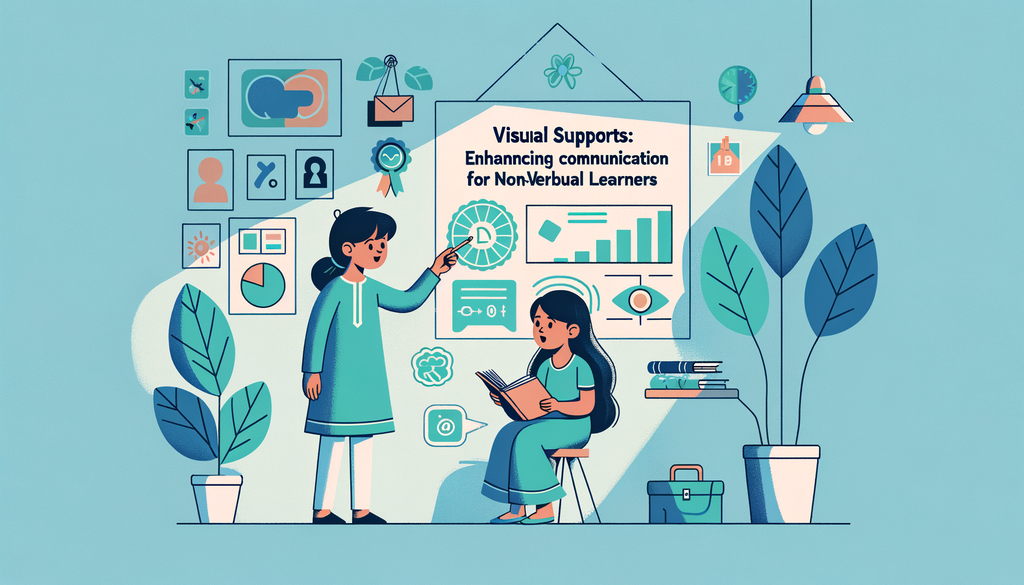Visual Supports: Enhancing Communication for Non-Verbal Learners

Non-verbal communication is a crucial aspect of child development and learning. This is particularly true for children who have special needs or are on the autism spectrum. They often find it challenging to communicate their thoughts, feelings, and needs using traditional verbal methods. That’s where visual supports come into play.
What are visual supports?
Visual supports are tools used to facilitate comprehension, communication, and behavior regulation for individuals who have difficulty processing verbal information. These tools may include visual aids such as communication boards and picture schedules, symbols, cues, or even apps.
In educational settings, visual supports have proven to be valuable resources for non-verbal children. They provide a visual representation of what is being communicated, simplifying information and making it easier to understand.
How visual supports can improve communication
One of the main advantages of using visual supports is the boost they provide to a child’s communication skills. For instance, a communication board can provide a child with a selection of images, symbols, or words to express themselves without needing to vocalize their thoughts. This can help alleviate the frustration non-verbal children may feel in their struggle to articulate needs and wants verbally.
Furthermore, visual supports like picture schedules help children better understand what to expect, thus minimizing anxiety around transitions or changes in routine. Check out our article on navigating daily routines for children on the autism spectrum for more on structured routines.
Building your visual supports toolbox
The effectiveness of visual supports relies heavily on their design and the consistency of their use. Therefore, it’s key for parents and caregivers to understand how to properly create and implement these tools. This includes being aware of the child’s abilities and preferences, utilizing familiar language and images, and ensuring that the visual supports are easily accessible and frequently used.
There are also multiple resources available online to assist you in making visual supports. Websites and apps like Boardmaker, provide extensive libraries of visual symbols that can be customized to fit individual needs.
Final thoughts
Visual supports can unlock new worlds of communication for non-verbal learners, empowering them with the tools to express themselves and navigate the world around them. For more comprehensive insight into topics related to special and gifted education or child psychology and development, feel free to explore the other articles on our blog.
Remember, every child is capable of learning, communicating, and thriving - we simply need to provide them with the right tools and the patience to explore them.